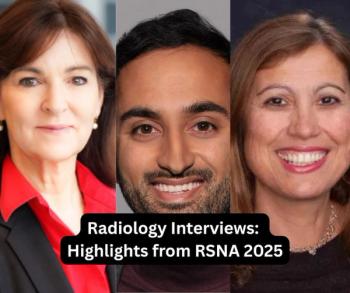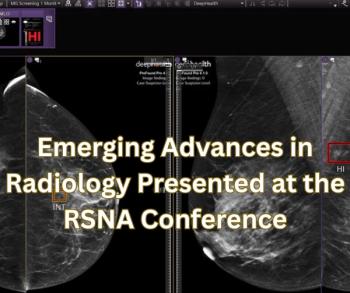
Quick training boosts accuracy for residents assessing DVT
Emergency medicine residents participating in a new study successfully performed a limited duplex ultrasound exam on patients with symptoms of acute deep vein thrombosis after just 90 minutes of training. Their conclusions were very similar to those of an experienced vascular technician examining the same patients.
Emergency medicine residents participating in a new study successfully performed a limited duplex ultrasound exam on patients with symptoms of acute deep vein thrombosis after just 90 minutes of training. Their conclusions were very similar to those of an experienced vascular technician examining the same patients.
Dr. Jeanne Jacoby and colleagues conducted the study at St. Luke's Hospital in Bethlehem, PA. Six emergency medicine residents received an hour and a half of lecture and hands-on training on detecting acute DVT in a limited, two-site compression ultrasound examination. They focused on femoral and popliteal sites and considered their results normal when the vein completely compressed.
After training, the residents performed examinations on patients referred to the vascular laboratory of their teaching hospital. Within 30 minutes of the residents' exams, a vascular technician performed a formal examination. The technician was blinded to the residents' results, and the exam results were later compared.
Both groups performed ultrasound tests on 121 symptomatic extremities. Vascular technicians detected nine cases of acute DVT in the target area, a prevalence of 7%. The residents identified eight of these cases for a sensitivity rate of 89%. The authors described this as considerable but not perfect accuracy. The results were published in the February issue of the Journal of Emergency Medicine.
Ultrasound is now the primary method of detecting DVT, according to researchers in the U.K. who reviewed 99 studies in 2005 comparing ultrasound with contrast venography. Dr. Steve Goodacre from the School of Health at the University of Sheffield and colleagues determined that combined color Doppler ultrasound techniques have the best sensitivity for DVTs, while compression ultrasound is most specific.
More recent studies have shown the importance of using pretest probability scores along with ultrasound results to diagnose DVT.
Newsletter
Stay at the forefront of radiology with the Diagnostic Imaging newsletter, delivering the latest news, clinical insights, and imaging advancements for today’s radiologists.




























